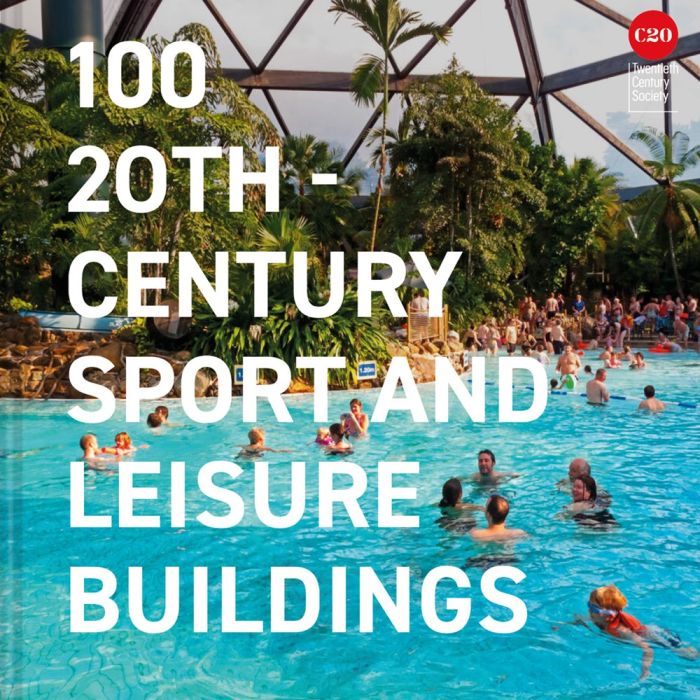My Cart
Your cart is empty
Looks like you haven't made your choice yet.
- Subtotal
100 20th-Century Sports and Leisure Buildings

- Batsford (A&CB)
More Information
| Publisher | Batsford (A&CB) |
|---|---|
| ISBN | 9781849949408 |
| Publication date | June 2025 |
| Edition | Hardback |
| Dimensions | 220 x 220 mm |
| Illustrations | 100 col.ill. |
| Pages | 256 |
| Language(s) | English ed. |
Description
A showcase of Britain's most architecturally significant sports and leisure buildings from the twentieth century and beyond.
100 20th Century Sports and Leisure Buildings gives a fascinating insight into the spaces where we play: from swimming pools and skate parks to ice rinks and cricket pavilions. These structures are not only an intensely evocative part of our shared social heritage but some of the most architecturally innovative constructions of the past century - as seen here in buildings by architects including Edwin Lutyens, Walter Tapper, John Burnet and Zaha Hadid.
The twentieth century saw a rapid expansion in the public provision for sports and leisure as workers won the right to paid holiday, prompting a boom in the construction of municipal lidos, pools and sports grounds. Later in the century leisure centres brought together facilities for a whole range of sports with an emphasis on family fun, combining environmentally controlled environments with soaring engineering and playful pop imagery. Space-age geodesic domes, diamond-glazed pyramids, castellated forts, brutalist elephants and Moorish postmodern palaces are just a few of the highlights of this idiosyncratic genre showcased here.
Expert essays on particular building types, including Alan Powers on lidos and Simon Inglis on sports stadiums, give further context to these spaces. Also included is an introduction with a strong campaigning element - with the decimation of local authority budgets forcing the closure of many centres and pools, this is a timely exploration that provides a crucial record of this key part of our cultural heritage.

100 20th-Century Sports and Leisure Buildings
